Is the US in hysterics over a Chinese balloon?
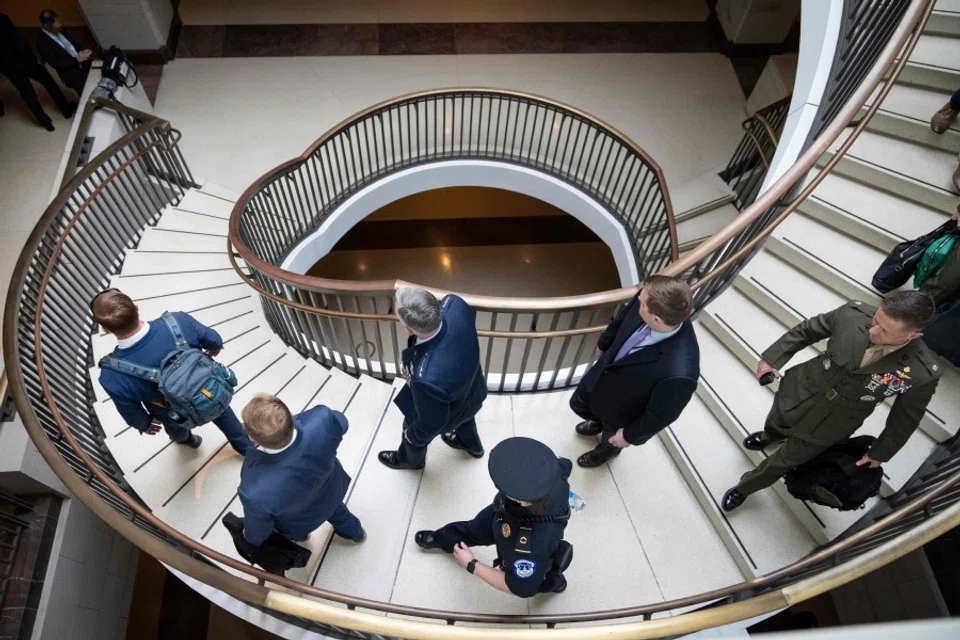
"When I look at the reaction of the American people to this balloon... I feel worried. I think there is a hysteria in America about China. And this makes rational thinking and rational policy making very difficult."
On 9 February, the ISEAS-Yusof Ishak Institute held an online panel discussion in conjunction with the release of its annual State of Southeast Asia Survey. Each year, the institute surveys those from the academic, political, business and media fields in the ten ASEAN countries, and analyses their views on major political and economic issues in the region, as well as China-US competition.
The survey is conducted in English, with no scientific sampling, but because it focuses on ASEAN countries' attitude towards China and the US, its findings leave much food for thought.
Threat to five continents
The panellists broached the subject on the situation in the Taiwan Strait and the recent incident with the Chinese balloon, and the comment above came from Singapore's ambassador-at-large Professor Tommy Koh.
As a well-mannered and refined veteran diplomat, Koh's blunt criticism of the US was rather unexpected. However, it highlighted the deep concern among diplomats and academics in the region about worsening China-US relations that are at risk of going out of control.
White House and Pentagon officials have claimed that China has been developing its fleet of balloons for years to secretly gather intelligence on other countries...
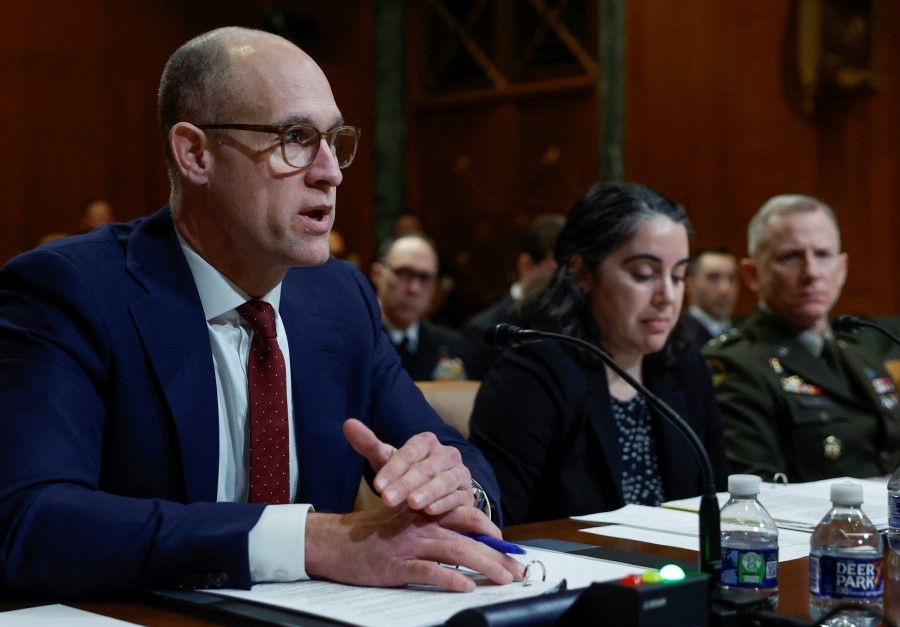
Given his diplomatic acumen at balancing situations, Koh promptly asked Chen Dongxiao, senior research fellow and president of the Shanghai Institutes for International Studies: "How can you sabotage Antony Blinken's forthcoming visit to Beijing by putting up this stupid balloon?"
While that "stupid" balloon was shot down by the US's F-22 fighter jet into the Pacific Ocean along the South Carolina coast, news reports on the matter have not ceased. Now, similar balloons are even said to pose a threat to five continents of the world.
Over the past couple of days, White House and Pentagon officials have claimed that China has been developing its fleet of balloons for years to secretly gather intelligence on other countries, and that "the United States was not the only target of this broader program, which has violated the sovereignty of countries across five continents", implying that the US and everyone else are all victims of China's spy balloons.
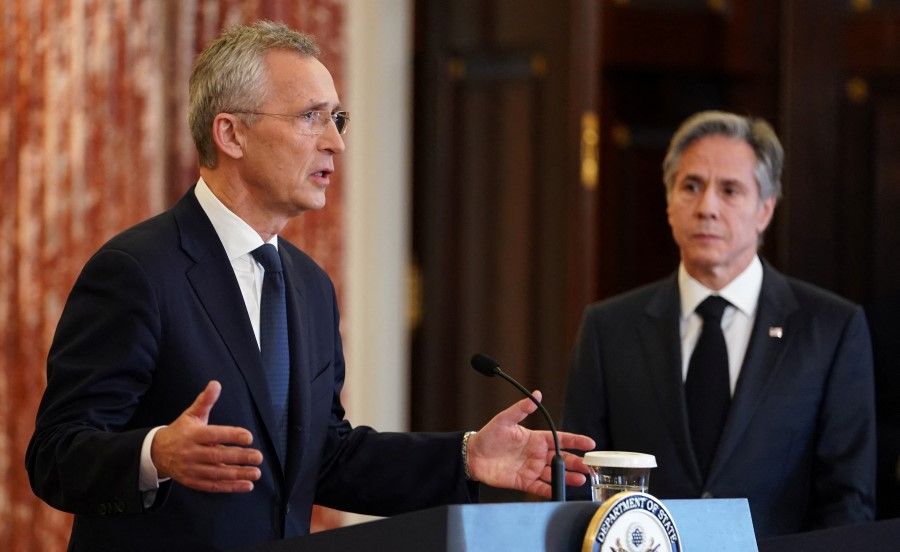
According to reports, the US has briefed 40 allies on the Chinese "spy balloons", while NATO Secretary General Jens Stoltenberg, who was in Washington at the time, also expressed concern, calling on Europe to stay alert and warning that "what happens in Europe today could happen in Asia tomorrow".
Behind the "China threat" rhetoric is the US's deep fear...
'China threat' rhetoric
So, is the balloon a civilian craft as China claims, or a high-end spying tool? China and the US are each saying their piece, and the truth about who is right or at fault remains a mystery.
Indeed, the balloon intruded into US airspace and was clearly spotted by civilians. This naturally sparked backlash and anxiety. However, surely it isn't the most pronounced or pressing conflict between China and the US. Neither is it a recent occurrence that China and the US have been gathering intelligence about each other, nor is it the first time that Chinese balloons have flown into US airspace - it happened at least three times under former President Donald Trump.
Of course, China wants to use the visit of a senior diplomat to set up "guardrails" in bilateral relations, and prevent the antagonism from going out of control. China and the US need to work together on climate change, and communicate with each other on international affairs such as the North Korean nuclear crisis. Are these not more pressing matters than the balloon?
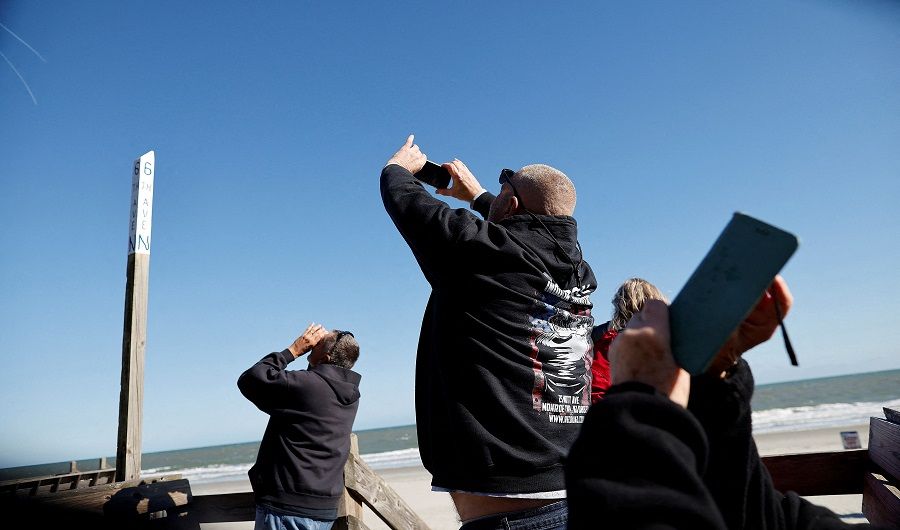
Unfortunately, amid bipartisan fury, strong questions about the Biden administration's weakness towards China and increasingly harsh US media criticism, Blinken's China visit was inevitably postponed, reflecting the fact that US public opinion has left the White House with little room for independent decision-making and manoeuvring.
Behind the "China threat" rhetoric is the US's deep fear: the US is convinced that China is anti-US and that a rising China already has the technology to freely control a balloon fleet to conduct reconnaissance anywhere; yet, the US appears to be going downhill and hollowing out. Such a public opinion atmosphere is probably the "hysteria" that Koh refers to.
Meanwhile, self-serving politicians are aggravating the public's anxiety, with the hawks anticipating the downfall of the moderates and the politicians ready to pounce on the incompetence of the executive branch, eventually leading to the escalation of China-US tensions. While some have criticised that the Biden administration is chained down by populism, it is impractical to go ahead with Blinken's China visit under the current circumstances.
... if war breaks out in the Taiwan Strait, ASEAN will not escape unscathed.
Battleground of China-US rivalry
Max Boot, a columnist for The Washington Post and senior fellow at the Council on Foreign Relations, also described the US's response as a "hysterical overreaction" this week.
Boot said that the US's current "anti-Chinese paranoia" reminded him of the early days of the Cold War when the US was worried that it was "losing a global struggle with the Communists and that World War III might be nigh", adding that this was a "dangerous, destructive mindset".
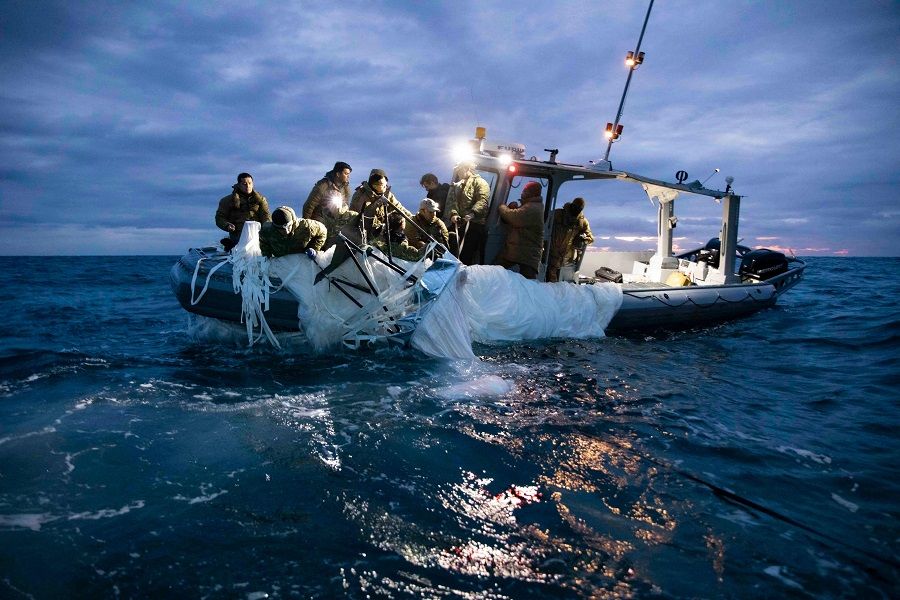
He emphasised, "The United States is still the No. 1 power in the world, and we can remain that way as long as we do not blunder into a catastrophic and unnecessary war with a No. 2 power whose rise might have already peaked."
While China may not agree with Boot's conclusion, the Chinese foreign ministry certainly concurs that the US's response towards the balloon incident was an "overreaction".
The State of Southeast Asia Survey highlights that ASEAN elites are indeed worried that the worsening of China-US relations will make ASEAN the battleground in China-US rivalry; at the same time, if war breaks out in the Taiwan Strait, ASEAN will not escape unscathed.
Indeed, this is a real and growing threat. Taiwan is strategically located and cross-strait reunification is Beijing's historic mission and unshakable commitment. If war breaks out in the Taiwan Strait, the outcome will determine a regime's survival. Hence, it may not be limited to a proxy war like the Russia-Ukraine war, but directly involve major powers.
Furthermore, the US is also playing an increasingly prominent role in the direction of the Taiwan Strait situation. One has to pay attention to whether China can remain patient and focused, and the extent of the US's hysteria towards China.
This article was first published in Lianhe Zaobao as "美国反华有些歇斯底里".
Related: State of Southeast Asia Survey 2023: Separate tangos with China and the US | Turbulence caused by Chinese balloon set to last | A Chinese balloon derails US-China rapprochement | US Secretary of State Blinken's visit to China is paved with thorns | Grey skies: Outlook for US-China relations in 2023
